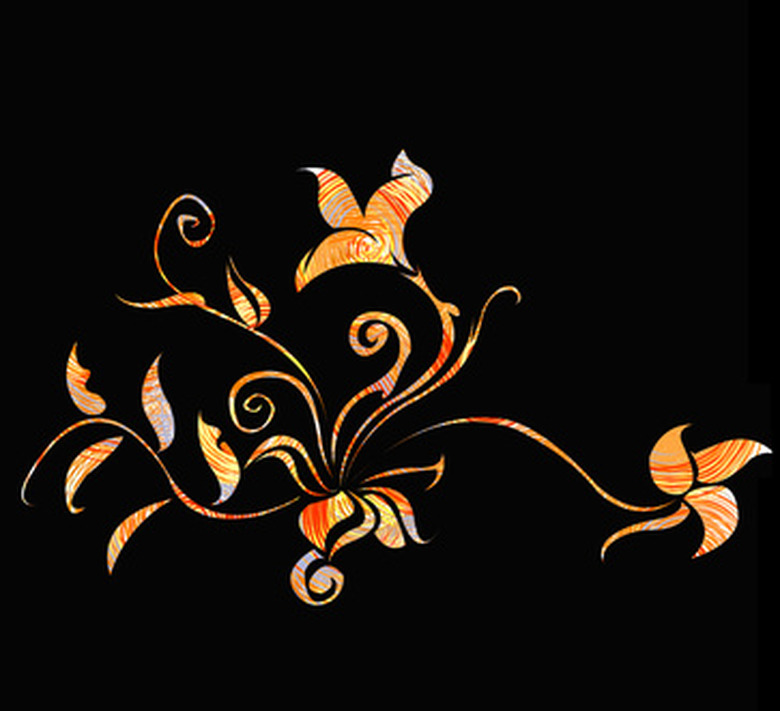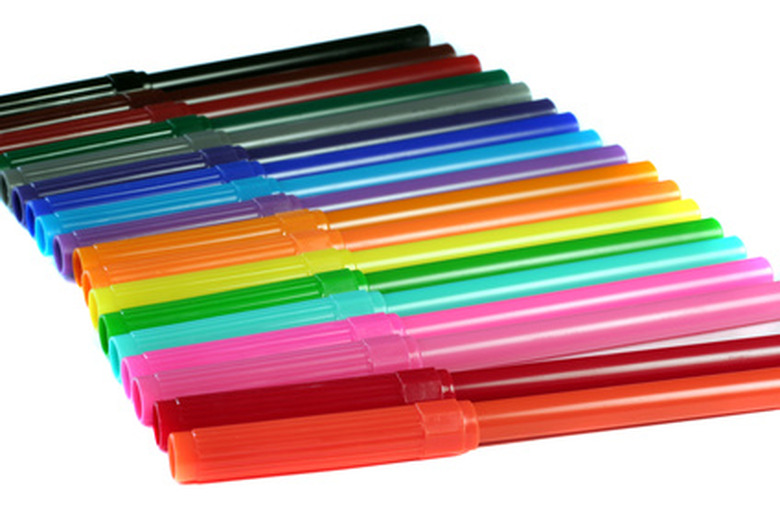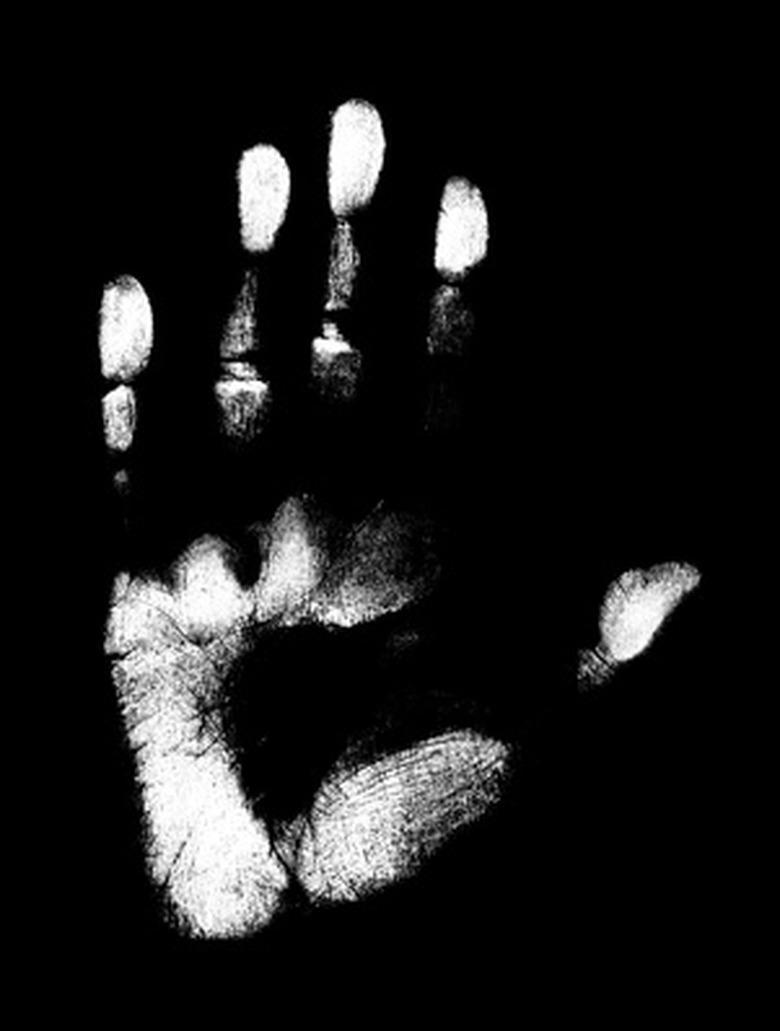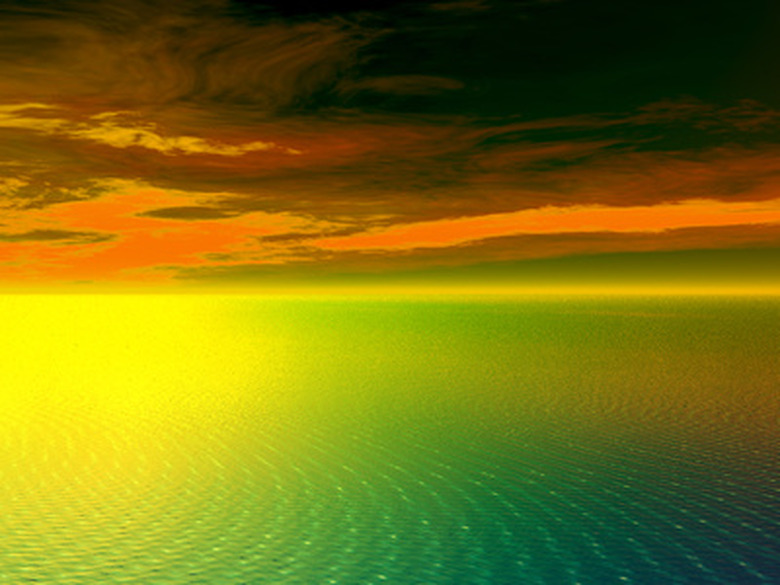Science Fair Projects & Ideas On Art
Students who are interested in art and science can come up with science fair projects that include both. Possible formats include conducting experiments or demonstrations on the properties of art materials, or collecting research and presenting conclusions about an aspect of art such as color. Model-based projects combining science and art are possible as well.
Experiments and Investigations in Color
Experiments and Investigations in Color
Fabrics and Reactions to Dye: how do fabrics made of different types of natural and man made fibers respond to fiber-reactive dye? According to one experiment described at Science Buddies.org, criteria for comparison include hue, saturation and brightness.
Paper Chromatography: Use strips of filter paper, a set of colored drawing markers, and a solvent to discover the component colors that make up the ink in the colored markers. Variations include testing a variety of brands of black markers, or testing water-based markers with different solvents such as water and vinegar to compare results.
Demonstrating Properties of Light
Demonstrating Properties of Light
Pinhole Camera: Show how light passing through a tiny hole in a box or can can create a photographic image on a surface. Kodak.com has directions and information on building and using a simple pinhole camera.
Sun Prints made with Colored Filters: How does filtering light through different colors affect the resulting sun print images? Science Buddies.org has directions for a sun print science fair project.
Information Collection and Conclusions
Information Collection and Conclusions
Color and Emotion Survey: How do artists use color to describe feeling? Draw or create simple computer-generated images that are exactly the same except for color. Each image should be monochromatic (use variations of only one color). The set of images should include at least the three primary and three secondary colors and a gray scale. Ask each participant to look at the set of images and fill out a questionnaire about the feeling she perceives in each image. Graph your results and analyze the data to determine if different colors evoke different emotions.
Cite This Article
MLA
Guastella, Rose. "Science Fair Projects & Ideas On Art" sciencing.com, https://www.sciencing.com/science-fair-projects-ideas-art-6497259/. 24 April 2017.
APA
Guastella, Rose. (2017, April 24). Science Fair Projects & Ideas On Art. sciencing.com. Retrieved from https://www.sciencing.com/science-fair-projects-ideas-art-6497259/
Chicago
Guastella, Rose. Science Fair Projects & Ideas On Art last modified August 30, 2022. https://www.sciencing.com/science-fair-projects-ideas-art-6497259/



